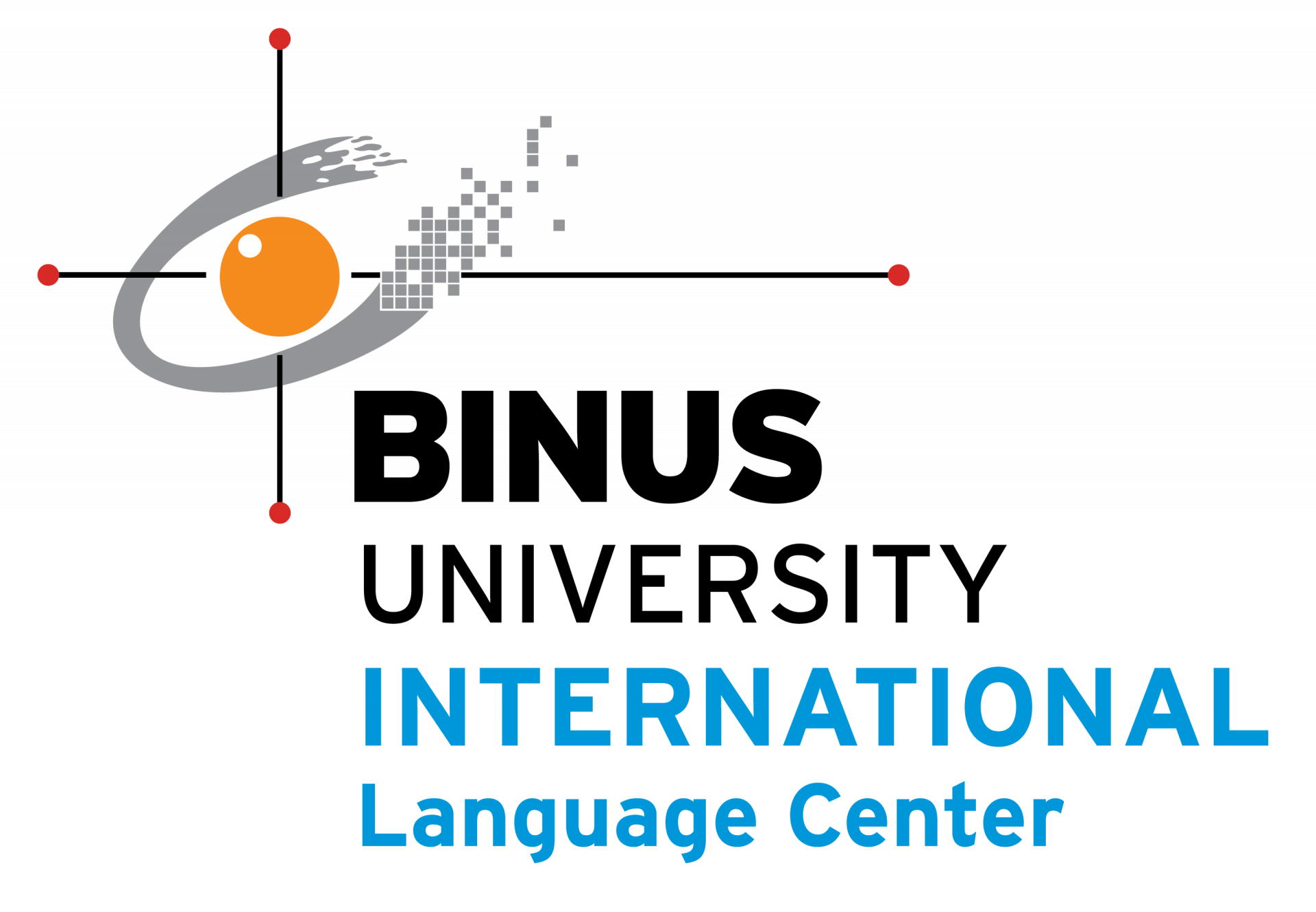Identifying Main Ideas
A paragraph is a group of sentences about one idea. That idea is the main idea. A sentence that states the main idea is called the topic sentence. It contains the main idea upon which a paragraph is developed. Often it appears at (or near) the beginning of a paragraph, introducing the main idea and suggesting the direction that the paragraph will take. What follows a topic sentence are a number of supporting sentences that develop the main idea with specific details. Topic sentences make a point and give reasons or examples to support it.
Example: A job interview tests our ability to stand up under pressure. It requires us to be at our best in a new environment, among strangers. Not only that, it requires us to think clearly and speak intelligently while experiencing anxiety. (This paragraph is about the pressure of a job interview. The underlined sentence is the topic sentence.)
A topic sentence states the main idea of the paragraph. The rest of the paragraph expands on the main idea, adding other supporting details.
Example: Vacations are fun and relaxing. (topic sentence)
Some sentences that might be added to support and expand this main idea include:
- We don’t have to get up early if we don’t want to.
- We can set our own schedule.
- We can see and do things that we don’t normally get to see and do.
When you are writing paragraphs, it is important to limit the ideas to the topic sentence. Make sure that your supporting sentences help explain, or add to, your main topic. Do not include sentences or details about unrelated topics.
Example: To the topic sentence, Friday is my favorite day, you might add supporting sentences and details that include the following:
- It is the final workday before the weekend.
- Everyone in the office is in a better mood on Fridays.
You would not add sentences such as these, which are not related:
I am going to visit my sister over vacation.
My boss asked me to work late today.
